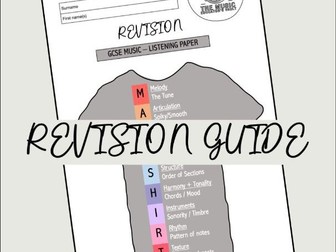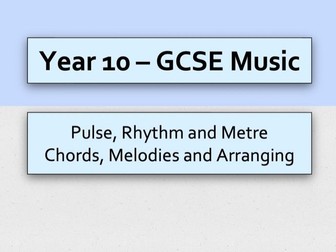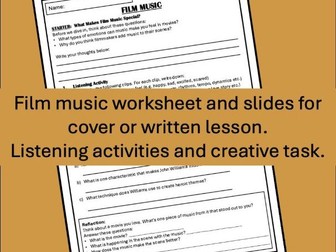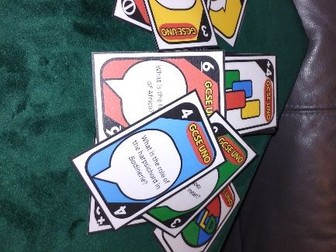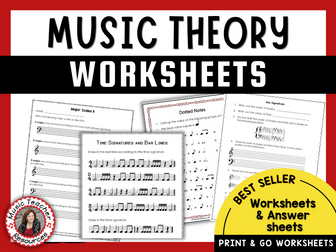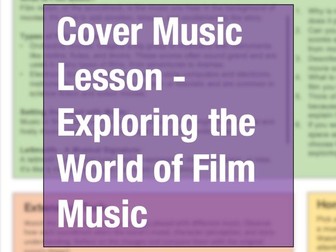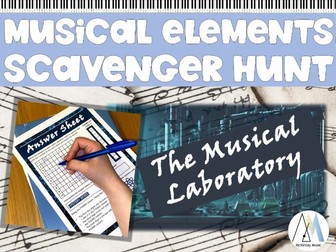GCSE Music Revision: Elements of Music
GCSE Music revision guide covering all elements of music. Explore the musical definitions of key terms, before applying them into exam style questions. Suitable for any exam board, however written with Eduqas in mind.
This resource is any music students’ perfect companion. Exam technique is half the battle when it comes to sitting a GCSE in music, so whether the students need to revise for mock exams or the real deal in Year 11, this revision guide will help solidify elements of music knowledge and secure understanding of how to apply key terms to exam scenarios.
It is especially valuable to students that may require additional intervention, as the guide takes things back to basics before increasing the difficulty. Set it as homework, hand it out at parents evenings, use it in intervention/catch-up sessions or even use it to complement initial elements lessons at the start of the course. The guide is so versatile and a must for GCSE exam success!
Please note: This resource requires YouTube access for listening questions. Simply search the title indicated by the question to access the appropriate audio
Enjoyed this resource? Your feedback helps to improve and create new materials. Thank you for taking the time to leave a review!
Discover more revision resources at: https://www.tes.com/teaching-resources/shop/megrose99
